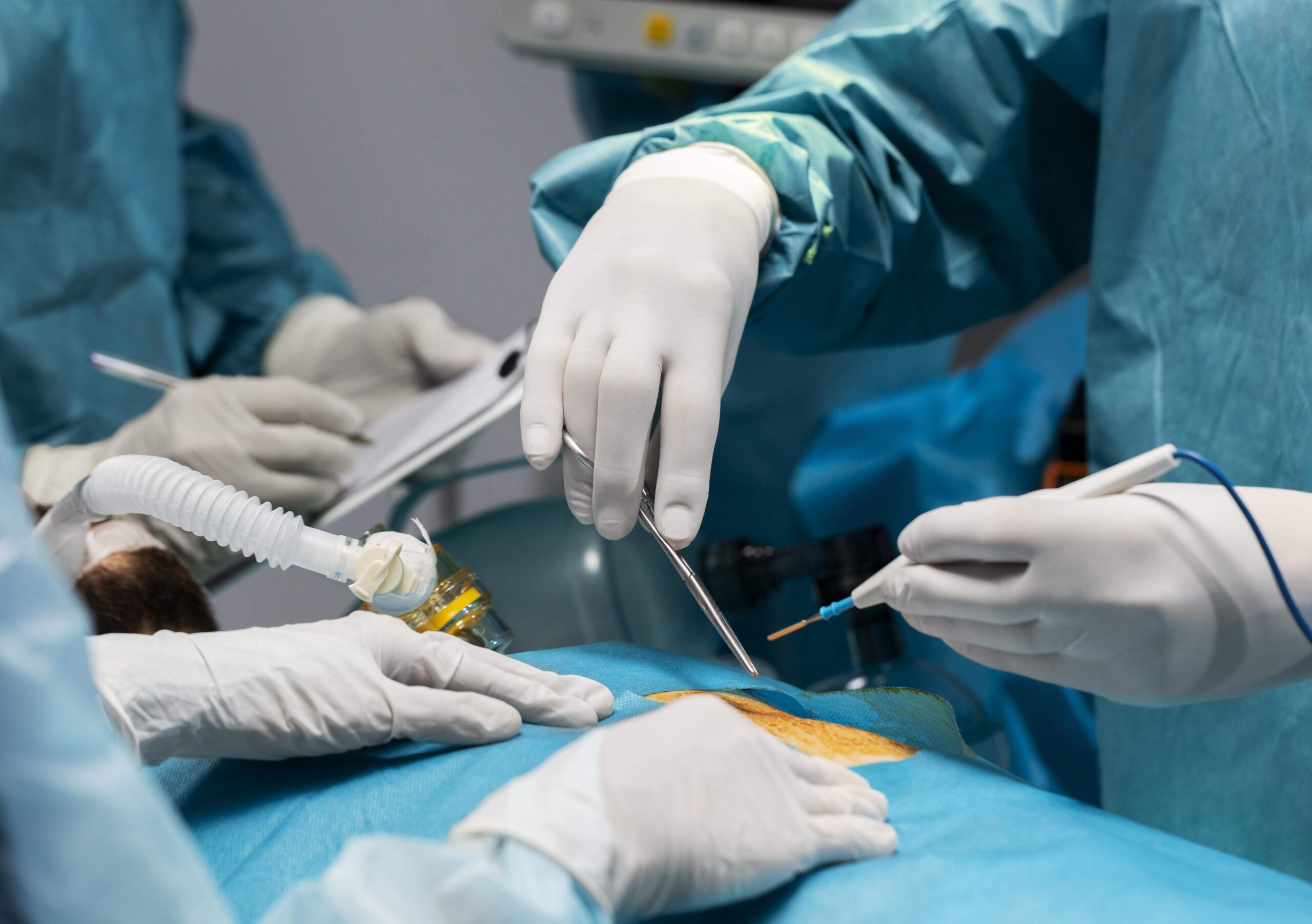CAPD catheter placement
Overview
CAPD catheter placement is typically performed by a trained surgeon or interventional radiologist, under local anesthesia and conscious sedation. The procedure involves making a small incision in the lower abdomen, inserting a guide wire and dilating the abdominal wall to create a tunnel for the catheter, and then placing the catheter into the peritoneal cavity. Once the catheter is in place, it is secured to the abdominal wall and covered with a sterile dressing.
After the procedure, patients will need to take care of the catheter and follow the healthcare provider’s instructions on how to perform the peritoneal dialysis procedure at home. This typically involves several exchanges of dialysis fluid per day, which are infused into and drained from the peritoneal cavity through the catheter. Patients will need to monitor their dialysis fluid and report any changes or abnormalities to their healthcare provider. They will also need to follow a strict hygiene regimen to prevent infection at the catheter site. Regular follow-up appointments with the healthcare provider are necessary to monitor the catheter and ensure its proper functioning.

Frequently Asked Questions
CAPD stands for Continuous Ambulatory Peritoneal Dialysis, which is a type of dialysis treatment for patients with end-stage renal disease. It involves the infusion of dialysis fluid into the peritoneal cavity through a catheter, where it remains for several hours before being drained out. This process is repeated several times a day to remove waste products and excess fluid from the body.
A CAPD catheter is typically placed by a trained surgeon or interventional radiologist, under local anesthesia and conscious sedation. The procedure involves making a small incision in the lower abdomen, inserting a guide wire and dilating the abdominal wall to create a tunnel for the catheter, and then placing the catheter into the peritoneal cavity. Once the catheter is in place, it is secured to the abdominal wall and covered with a sterile dressing.
CAPD catheters can last for several months to several years, depending on the patient’s medical needs and the type of catheter used. However, it is important to follow the healthcare provider’s instructions on how long the catheter can stay in place and when it should be removed.
CAPD catheter placement is generally considered a safe procedure, but it does carry some risks, including infection, bleeding, catheter malposition, and bowel perforation. Patients should discuss the potential risks and benefits of the procedure with their healthcare provider before undergoing the procedure.
CAPD catheter placement is typically performed under local anesthesia and conscious sedation, which means that the patient will not feel any pain during the procedure. However, some patients may experience discomfort or soreness at the insertion site after the procedure, which can be managed with pain medication.
